Home>Gardening & Outdoor>Landscaping Ideas>What Is The Best St. Augustine Grass
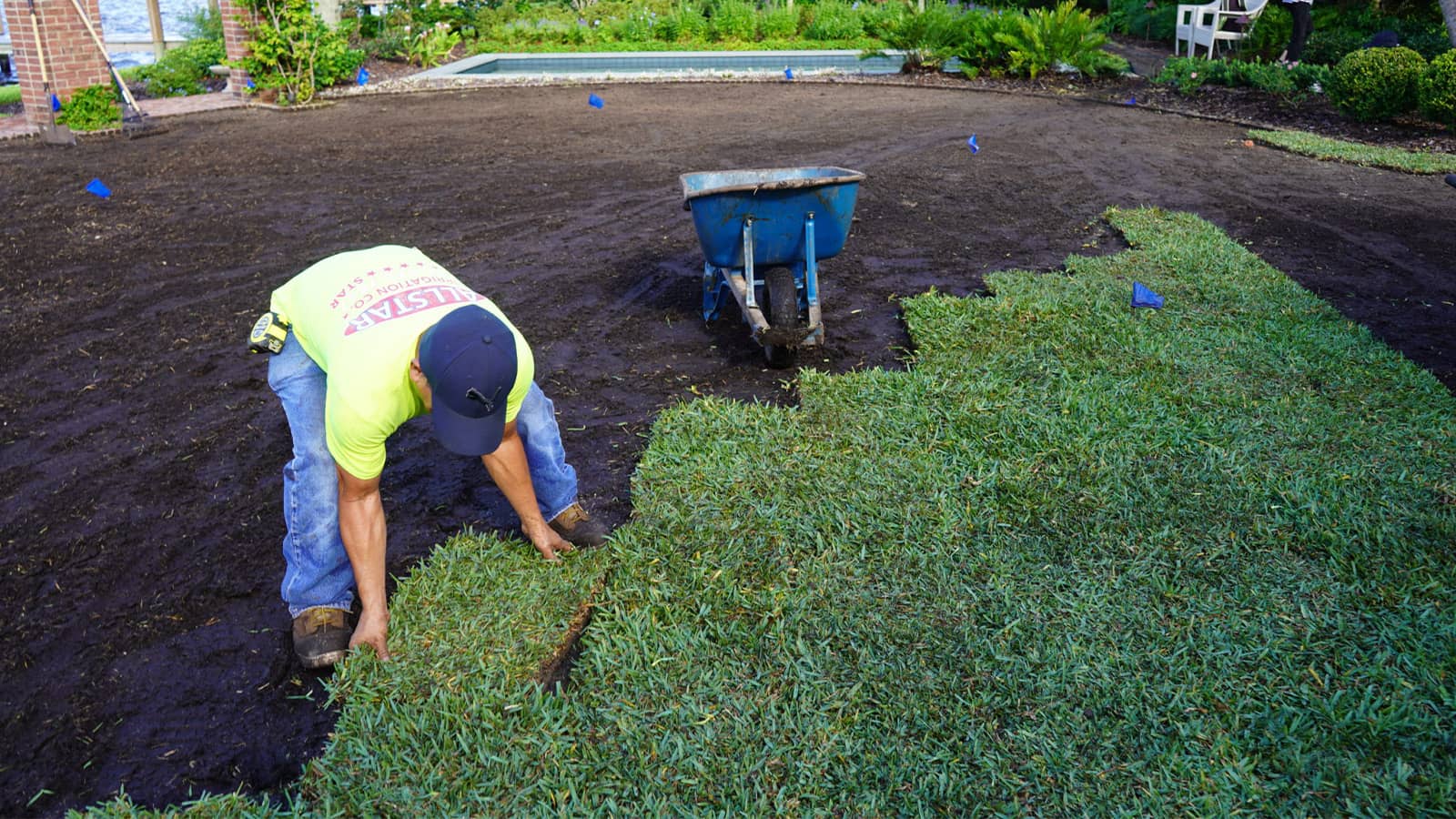

Landscaping Ideas
What Is The Best St. Augustine Grass
Modified: October 19, 2024
Discover the best St. Augustine grass for your landscaping ideas. Learn about the top varieties and find the perfect fit for your lawn.
(Many of the links in this article redirect to a specific reviewed product. Your purchase of these products through affiliate links helps to generate commission for Storables.com, at no extra cost. Learn more)
Introduction
Welcome to the wonderful world of landscaping, where the lush green of a well-maintained lawn can transform any outdoor space into a picturesque oasis. When it comes to choosing the right grass for your lawn, St. Augustine grass stands out as a popular and versatile option. Its vibrant green hue, ability to thrive in warm climates, and resilience in the face of foot traffic make it a top choice for many homeowners and landscapers.
In this article, we’ll delve into the characteristics of St. Augustine grass, explore the best varieties available, discuss the ideal growing conditions for this grass, and provide valuable maintenance and care tips. Additionally, we’ll address common issues that may arise when cultivating St. Augustine grass and offer effective solutions to ensure your lawn remains healthy and vibrant. By the end of this comprehensive guide, you’ll have a deeper understanding of why St. Augustine grass is a fantastic choice for your landscaping needs.
Key Takeaways:
- St. Augustine grass is a top choice for vibrant, durable lawns in warm climates due to its heat tolerance, shade tolerance, and resilience against foot traffic. Choosing the right variety and ideal growing conditions is crucial for a thriving lawn.
- Proper maintenance, including watering, fertilization, pest management, and mowing, is essential for nurturing a healthy St. Augustine grass lawn. Addressing common issues such as fungal infections, pest infestations, and thatch accumulation with targeted solutions can preserve the beauty and longevity of the grass.
Read more: What Grass To Mix With St. Augustine
Characteristics of St. Augustine Grass
St. Augustine grass, scientifically known as Stenotaphrum secundatum, is celebrated for its lush, dense growth and vibrant green color. This warm-season grass is characterized by broad, flat blades that can reach up to half an inch in width and six inches in length. Its distinctive appearance adds a touch of elegance to any landscape, making it a popular choice for residential and commercial lawns alike.
One of the most notable features of St. Augustine grass is its exceptional tolerance to heat and humidity. This makes it an ideal option for regions with warm climates, where other grass species may struggle to thrive. Additionally, St. Augustine grass exhibits impressive shade tolerance, allowing it to maintain its lush appearance even in partially shaded areas, making it a versatile choice for lawns with varying sun exposure.
Another key characteristic of St. Augustine grass is its rapid growth and ability to spread quickly, forming a dense carpet of grass that effectively suppresses weed growth. Its dense growth habit also contributes to its resilience against foot traffic, making it a practical choice for lawns that experience regular activity.
Furthermore, St. Augustine grass is known for its efficient water usage, requiring moderate irrigation to maintain its vibrant color and overall health. Its ability to recover from drought conditions and adapt to different soil types further enhances its appeal as a low-maintenance landscaping option.
Overall, the lush appearance, heat tolerance, shade tolerance, rapid growth, and resilience of St. Augustine grass make it a standout choice for creating visually appealing and durable lawns in warm climates.
Best Varieties of St. Augustine Grass
When it comes to selecting the best variety of St. Augustine grass for your lawn, several cultivars stand out for their unique traits and adaptability to specific growing conditions. Each variety offers distinct advantages, allowing homeowners and landscapers to choose the most suitable option based on their individual preferences and environmental factors.
1. Floratam: Floratam is a widely favored variety known for its exceptional heat tolerance and resistance to chinch bugs, making it a popular choice for lawns in hot and humid regions. Its coarse texture and dense growth habit make it well-suited for high-traffic areas, while its vibrant green color adds to its visual appeal.
2. Palmetto: Palmetto St. Augustine grass is prized for its superior shade tolerance, making it an excellent choice for lawns with limited sunlight exposure. This variety exhibits a finer texture compared to other St. Augustine grass cultivars, creating a soft and inviting feel underfoot.
3. Seville: Seville St. Augustine grass is renowned for its compact growth and rich emerald green color. It thrives in both full sun and partially shaded areas, making it a versatile option for landscapes that experience varying sunlight levels throughout the day.
4. CitraBlue: CitraBlue is a newer variety of St. Augustine grass that has gained popularity for its striking blue-green hue and enhanced disease resistance. Its fine texture and dense growth make it an attractive choice for lawns seeking a visually appealing and resilient grass variety.
5. Bitterblue: Bitterblue St. Augustine grass is valued for its cold tolerance, making it a suitable option for regions with occasional winter chill. Its deep blue-green color and moderate growth rate contribute to its overall appeal, especially in landscapes with diverse environmental conditions.
Choosing the best variety of St. Augustine grass involves considering factors such as climate, sunlight exposure, foot traffic, and desired visual characteristics. By selecting a cultivar that aligns with your specific lawn requirements, you can ensure the successful establishment of a vibrant and resilient St. Augustine grass lawn.
Ideal Growing Conditions for St. Augustine Grass
St. Augustine grass thrives in warm, humid climates and exhibits remarkable adaptability to a range of soil types. Understanding the ideal growing conditions for this grass is crucial for establishing a healthy and vibrant lawn. Whether you’re planting St. Augustine grass from sod, plugs, or seeds, providing the right environment is essential for its successful growth and long-term sustainability.
Climate: St. Augustine grass flourishes in regions with warm temperatures and ample sunlight. It is well-suited for the southern United States, including coastal areas and the Gulf Coast, where the climate is conducive to its growth. The grass demonstrates exceptional heat tolerance, making it an excellent choice for areas with hot summers.
Soil: While St. Augustine grass can adapt to various soil types, it thrives in well-drained soil with a slightly acidic to neutral pH. Amending the soil with organic matter can improve its texture and fertility, promoting healthy root development and overall grass vigor.
Watering: Adequate irrigation is essential for the successful establishment of St. Augustine grass. It is important to water deeply but infrequently, allowing the soil to dry out slightly between watering sessions to encourage deep root growth. During periods of drought, providing supplemental water can help maintain the grass’s lush appearance and overall health.
Sunlight: While St. Augustine grass exhibits impressive shade tolerance, it thrives in areas with at least 6 to 8 hours of direct sunlight per day. In regions with excessive shade, selecting shade-tolerant varieties such as Palmetto can ensure the grass’s vitality and visual appeal.
Fertilization: Regular fertilization is beneficial for promoting the growth and vibrancy of St. Augustine grass. Applying a balanced fertilizer with a 4-1-2 ratio of nitrogen, phosphorus, and potassium can provide the essential nutrients needed for healthy grass development. It is important to follow recommended fertilization schedules and avoid over-fertilization, which can lead to excessive growth and potential thatch accumulation.
Mowing: Maintaining the proper mowing height is crucial for the health of St. Augustine grass. It is recommended to mow the grass at a height of 3.5 to 4 inches, allowing it to develop strong root systems and withstand environmental stressors. Additionally, using sharp mower blades can ensure clean cuts and minimize stress on the grass.
By creating an environment that aligns with the ideal growing conditions for St. Augustine grass, you can foster its robust growth and create a stunning lawn that enhances the beauty of your outdoor space.
When choosing the best St. Augustine grass, consider the specific needs of your lawn, such as sunlight, soil type, and maintenance level. Palmetto and Floratam are popular varieties known for their shade tolerance and disease resistance.
Maintenance and Care Tips for St. Augustine Grass
Proper maintenance and care are essential for nurturing a thriving St. Augustine grass lawn. By implementing effective practices and staying attentive to the grass’s needs, you can ensure its long-term health and visual appeal. From watering techniques to pest management, here are valuable tips to maintain and care for your St. Augustine grass:
Watering: St. Augustine grass requires approximately 1 inch of water per week, including rainfall. Deep, infrequent watering is recommended to encourage deep root growth and enhance the grass’s resilience to drought conditions. Watering in the early morning can minimize moisture loss due to evaporation and reduce the risk of fungal diseases.
Fertilization: Applying a high-quality, slow-release fertilizer can provide the essential nutrients needed for St. Augustine grass to thrive. It is advisable to fertilize the grass in the spring and summer, avoiding excessive nitrogen application, which can lead to thatch buildup and increased susceptibility to pests and diseases.
Weed Control: Regularly inspecting the lawn for weeds and implementing effective weed control measures is crucial for maintaining the health and appearance of St. Augustine grass. Using pre-emergent herbicides can prevent weed seeds from germinating, while post-emergent herbicides can target existing weeds without harming the grass.
Pest Management: St. Augustine grass is susceptible to pests such as chinch bugs, armyworms, and sod webworms. Monitoring the lawn for signs of pest infestations, such as yellowing or thinning grass, and implementing targeted pest control measures can help preserve the grass’s vitality. Utilizing insecticidal treatments when necessary can effectively manage pest populations and protect the lawn.
Mowing: Maintaining the appropriate mowing height is essential for the health of St. Augustine grass. It is recommended to mow the grass at a height of 3.5 to 4 inches, adjusting the mowing frequency based on its growth rate. Avoiding excessive grass removal during mowing and minimizing stress on the grass can contribute to its overall vigor.
Aeration: Periodic core aeration can alleviate soil compaction and promote optimal air, water, and nutrient penetration to the grass roots. Aeration helps enhance the grass’s ability to absorb essential resources, fostering healthier growth and resilience to environmental stressors.
Overseeding: In areas with thin or patchy grass coverage, overseeding with St. Augustine grass seeds can help fill in bare spots and promote a denser lawn. Proper soil preparation and overseeding techniques can facilitate successful establishment and integration of new grass plants.
By incorporating these maintenance and care tips into your lawn care routine, you can nurture a vibrant and resilient St. Augustine grass lawn that enhances the beauty of your outdoor landscape.
Common Issues and Solutions for St. Augustine Grass
While St. Augustine grass is known for its resilience, it can encounter various challenges that affect its health and appearance. Understanding the common issues that may arise and implementing effective solutions is crucial for preserving the vitality of your lawn. Here are some prevalent issues and practical solutions for maintaining the health of St. Augustine grass:
Brown Patch Fungus: Brown patch fungus can cause circular, brownish patches to develop in the grass, particularly during periods of high humidity and warm temperatures. To address this issue, ensure proper air circulation by trimming back overhanging branches, and avoid excessive nitrogen fertilization, which can exacerbate fungal growth. Applying fungicides labeled for brown patch control can help manage the fungus and prevent further spread.
Chinch Bug Infestation: Chinch bugs are common pests that can damage St. Augustine grass by sucking sap from the blades, leading to yellowing and wilting. To combat chinch bug infestations, maintain proper irrigation to minimize stress on the grass, and regularly inspect the lawn for signs of pest activity. Applying insecticidal treatments targeting chinch bugs can effectively reduce their population and protect the grass.
Thatch Accumulation: Excessive thatch buildup can impede water and nutrient penetration to the grass roots, hindering its growth and vigor. To address thatch accumulation, consider core aeration to alleviate compaction and promote thatch decomposition. Additionally, mowing at the recommended height and avoiding over-fertilization can help prevent excessive thatch formation.
Improper Watering: Inconsistent or inadequate watering can lead to stress and decline in St. Augustine grass. To ensure proper moisture levels, establish a regular watering schedule, and adjust irrigation based on environmental conditions. Deep, infrequent watering promotes robust root development and enhances the grass’s ability to withstand drought stress.
Scalping During Mowing: Mowing the grass too short can weaken St. Augustine grass and make it more susceptible to stress and damage. Adjust the mower height to maintain the recommended mowing height of 3.5 to 4 inches, allowing the grass to maintain its vigor and resilience. Sharp mower blades can also ensure clean cuts and minimize stress on the grass.
Winter Damage: In regions with occasional winter chill, St. Augustine grass may experience cold damage, resulting in brown or yellow patches. Implementing proper lawn care practices, such as avoiding excessive nitrogen fertilization in late fall and providing supplemental irrigation before periods of freezing temperatures, can help minimize winter damage and promote recovery in the spring.
By addressing these common issues with proactive solutions, you can safeguard the health and beauty of your St. Augustine grass lawn, ensuring it remains vibrant and resilient throughout the year.
Conclusion
St. Augustine grass stands as a remarkable choice for creating lush, vibrant lawns that elevate the beauty of outdoor spaces. Its heat tolerance, shade tolerance, and resilience against foot traffic make it a versatile and popular option for homeowners and landscapers seeking a visually appealing and durable grass variety. By understanding the key characteristics, best varieties, ideal growing conditions, and effective maintenance practices for St. Augustine grass, you can cultivate a thriving lawn that enhances the overall aesthetics of your landscape.
Choosing the best variety of St. Augustine grass based on your specific climate and sunlight exposure can ensure successful establishment and long-term sustainability. Whether you opt for the heat-tolerant Floratam, the shade-tolerant Palmetto, or the cold-tolerant Bitterblue, selecting the right cultivar is essential for achieving a resilient and visually stunning lawn.
Creating an environment that aligns with the ideal growing conditions for St. Augustine grass, including proper watering, fertilization, mowing, and pest management, is crucial for nurturing its health and vitality. By implementing these practices, you can foster robust growth and ensure your lawn remains vibrant and resilient throughout the seasons.
Addressing common issues such as fungal infections, pest infestations, thatch accumulation, and improper watering with targeted solutions can help preserve the beauty and longevity of your St. Augustine grass lawn. By staying attentive to potential challenges and implementing proactive measures, you can mitigate risks and maintain a healthy, thriving lawn.
In conclusion, St. Augustine grass offers an array of benefits, from its lush appearance to its adaptability to varying environmental conditions. By leveraging the insights and recommendations provided in this guide, you can cultivate a stunning St. Augustine grass lawn that serves as a captivating centerpiece of your outdoor landscape, providing a welcoming and visually appealing setting for relaxation and recreation.
Frequently Asked Questions about What Is The Best St. Augustine Grass
Was this page helpful?
At Storables.com, we guarantee accurate and reliable information. Our content, validated by Expert Board Contributors, is crafted following stringent Editorial Policies. We're committed to providing you with well-researched, expert-backed insights for all your informational needs.
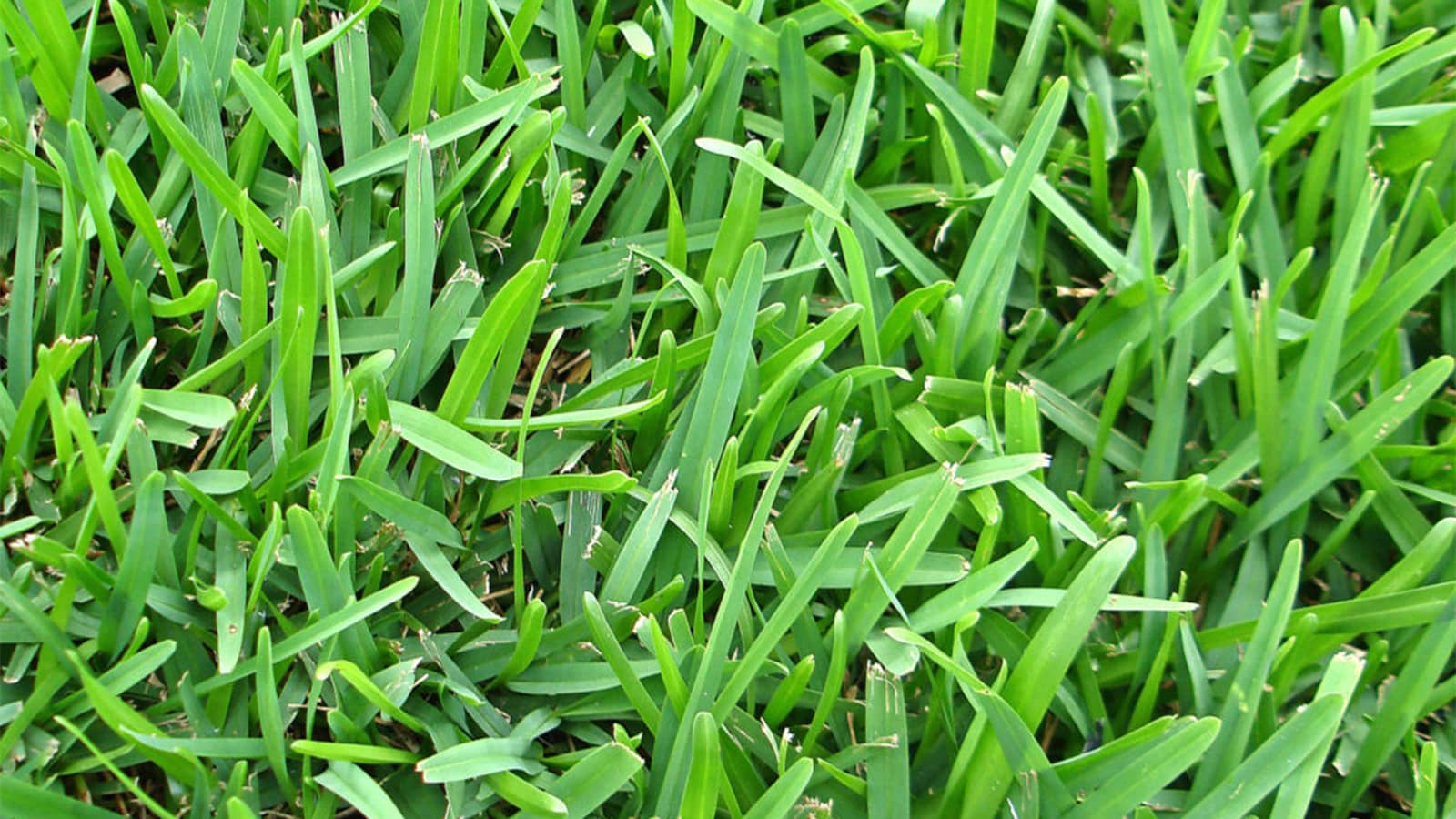
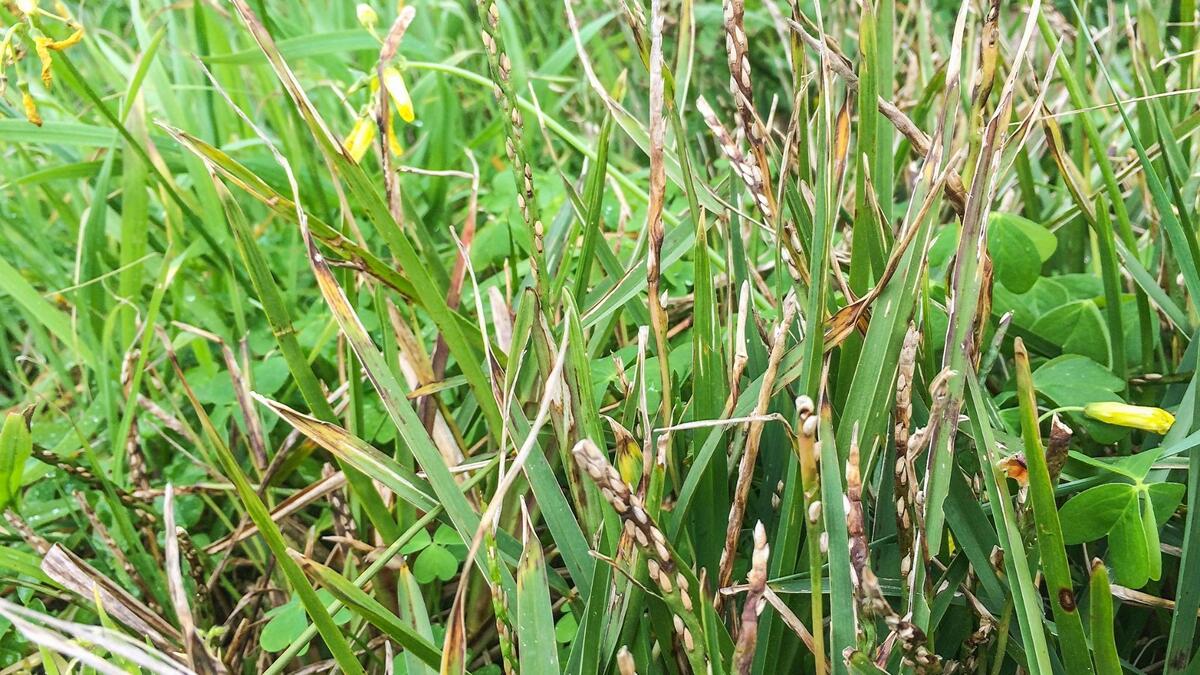
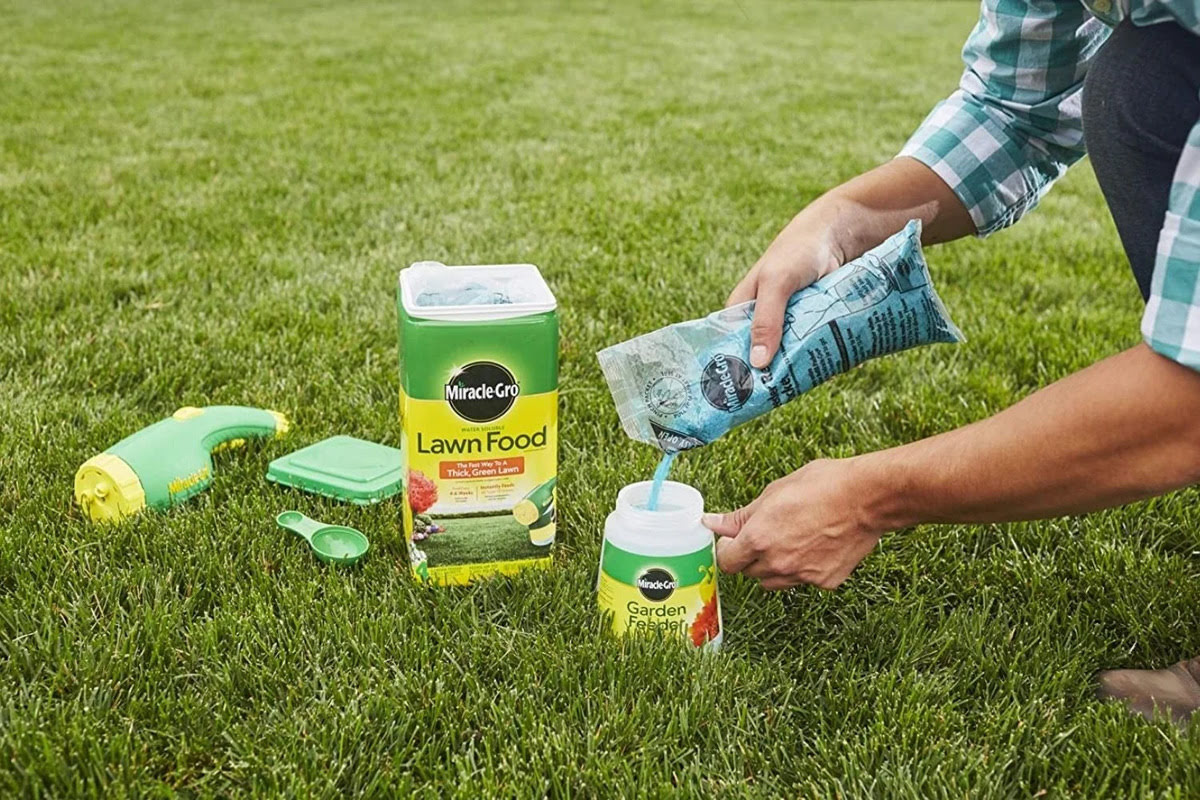
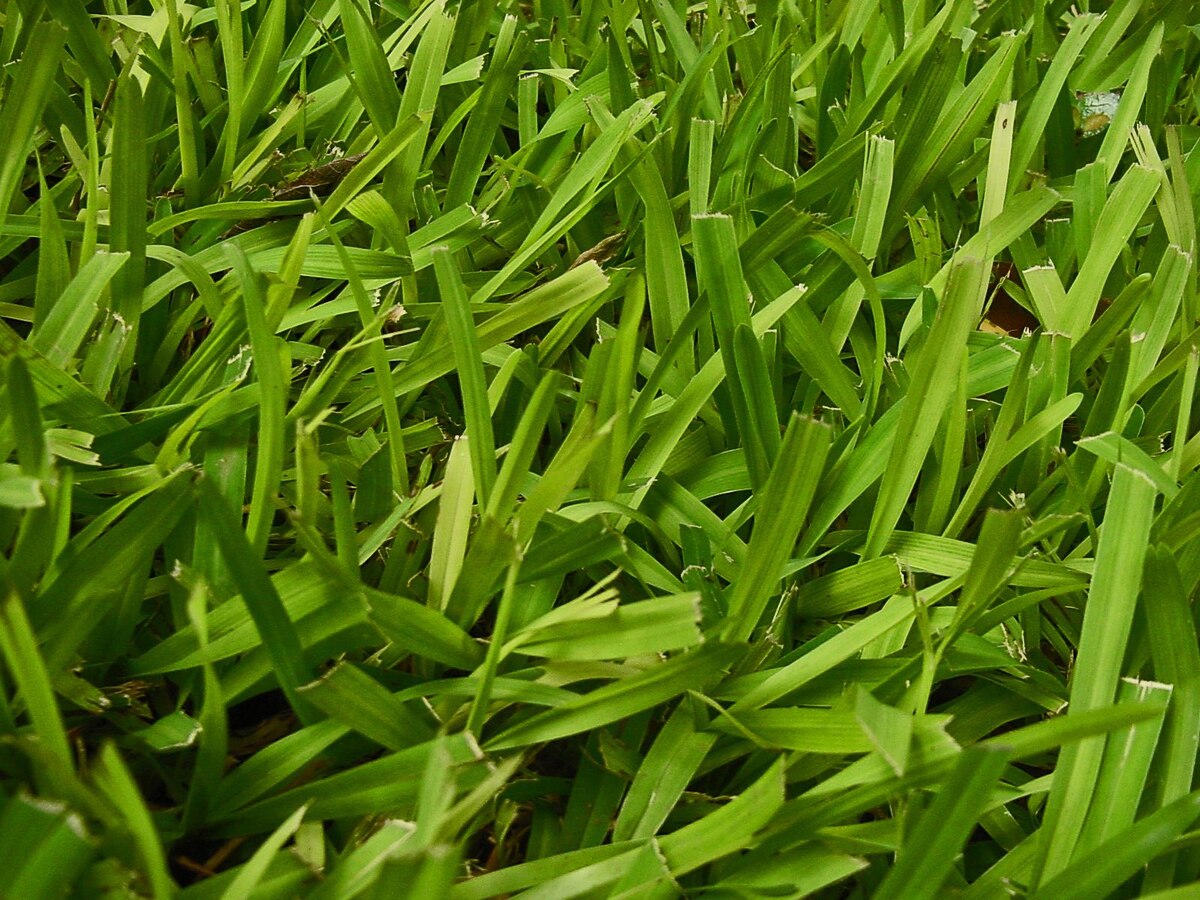
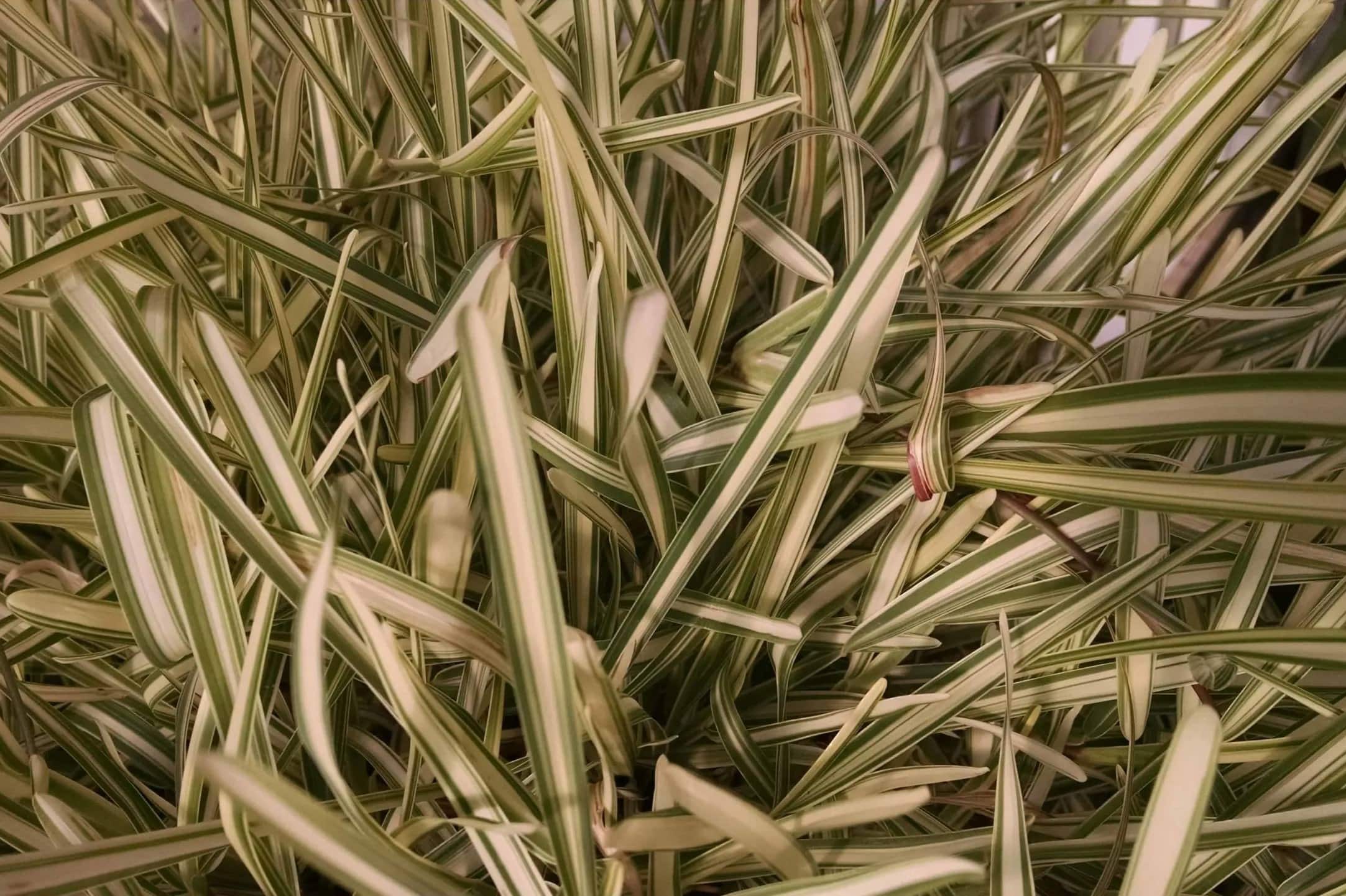
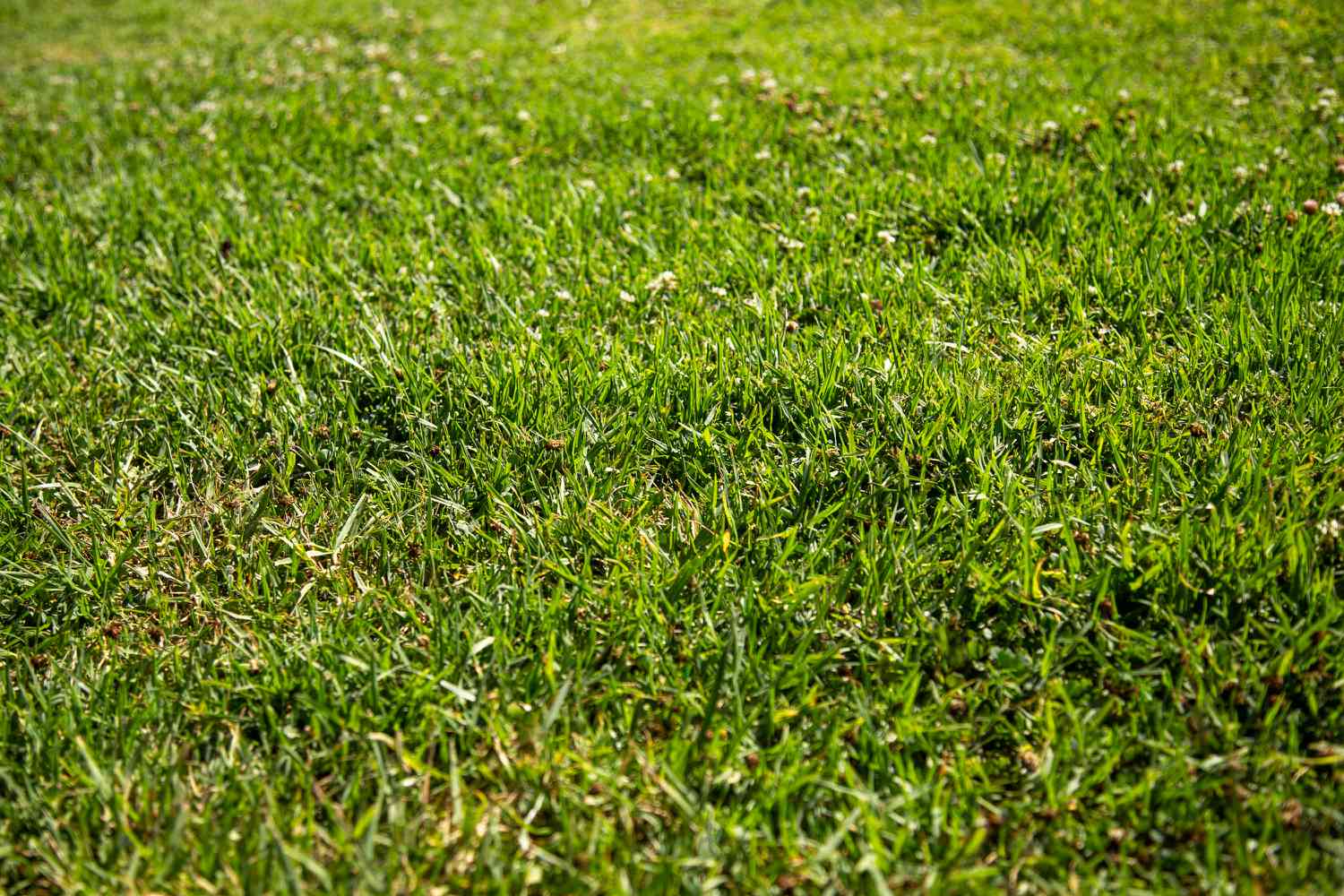
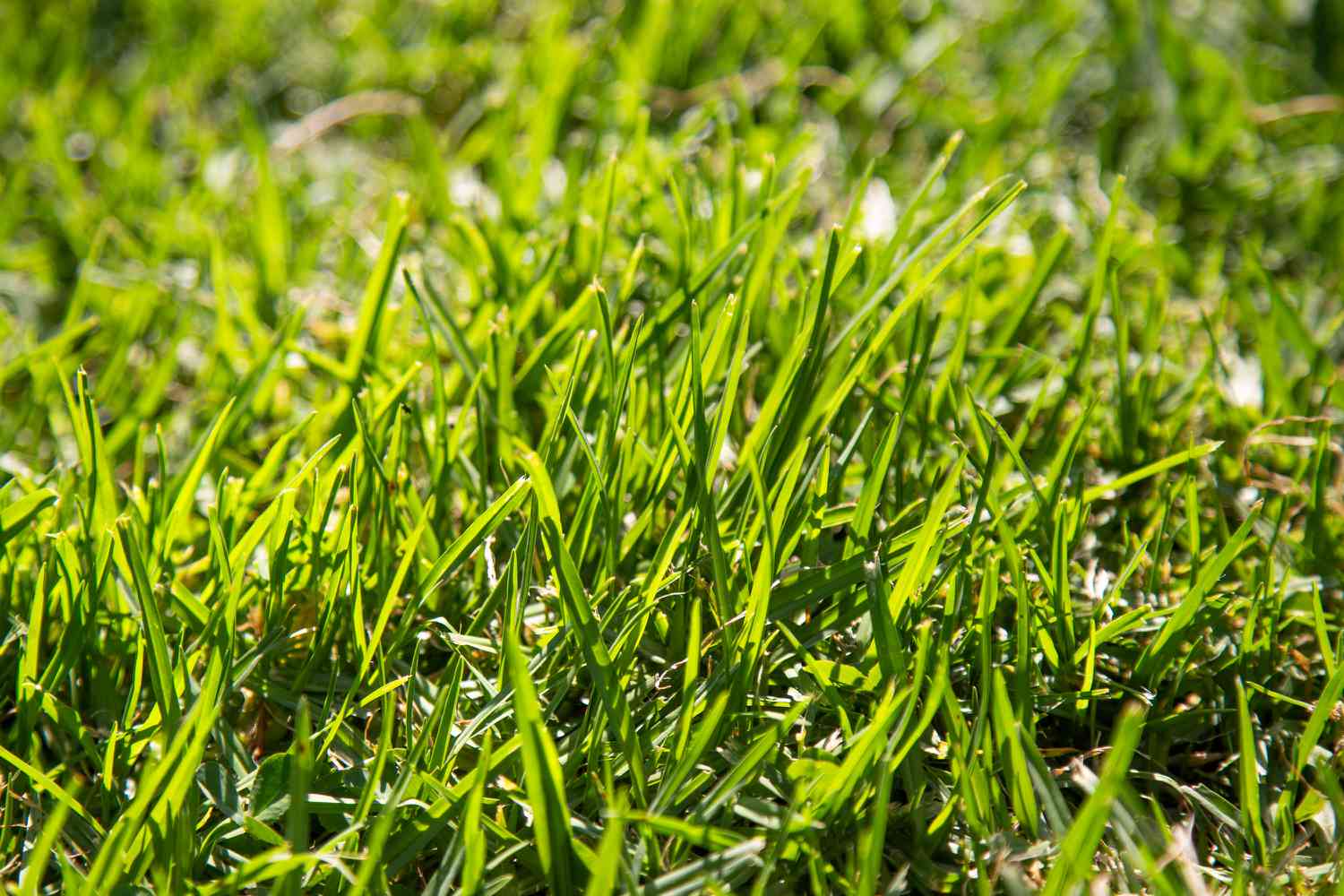
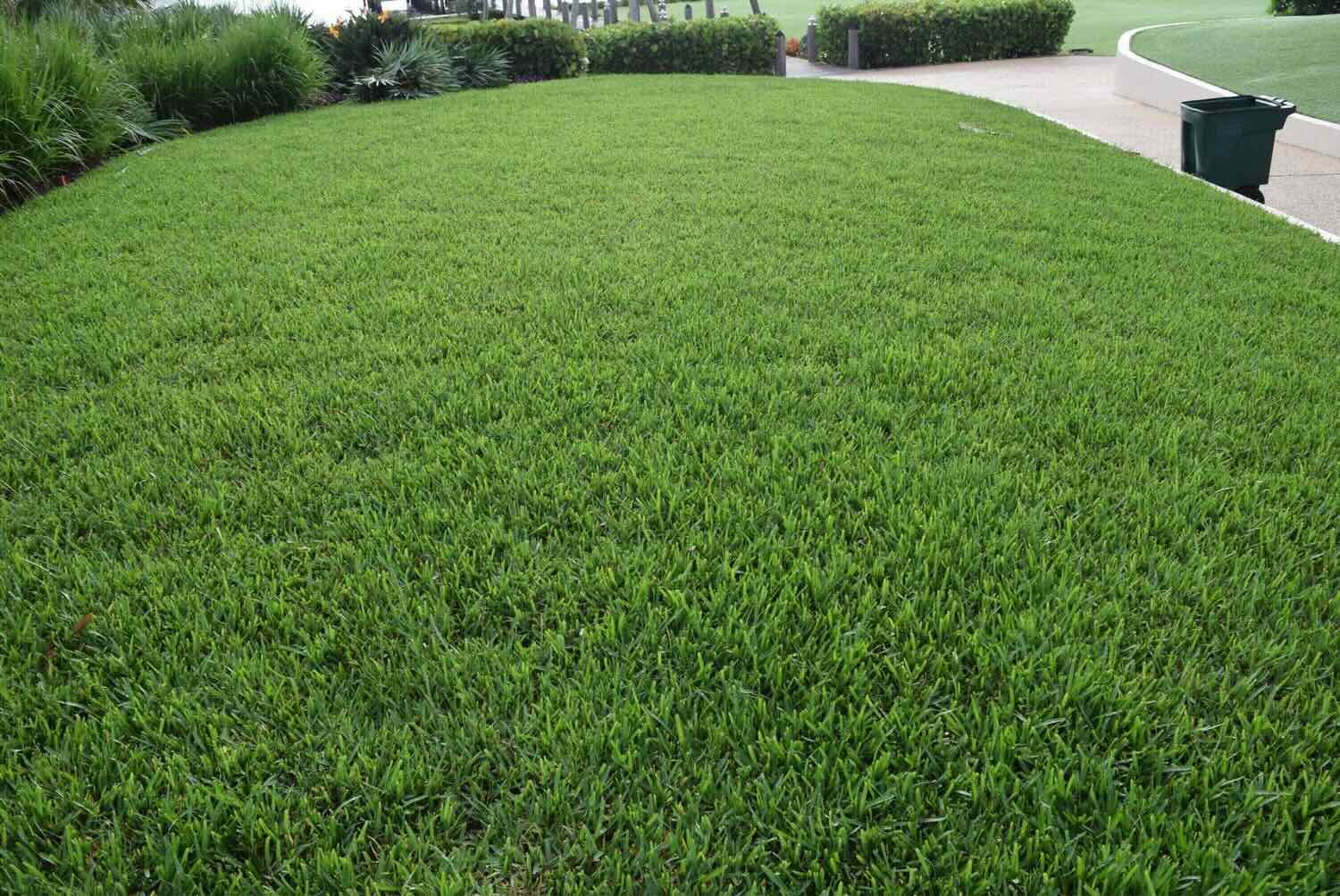
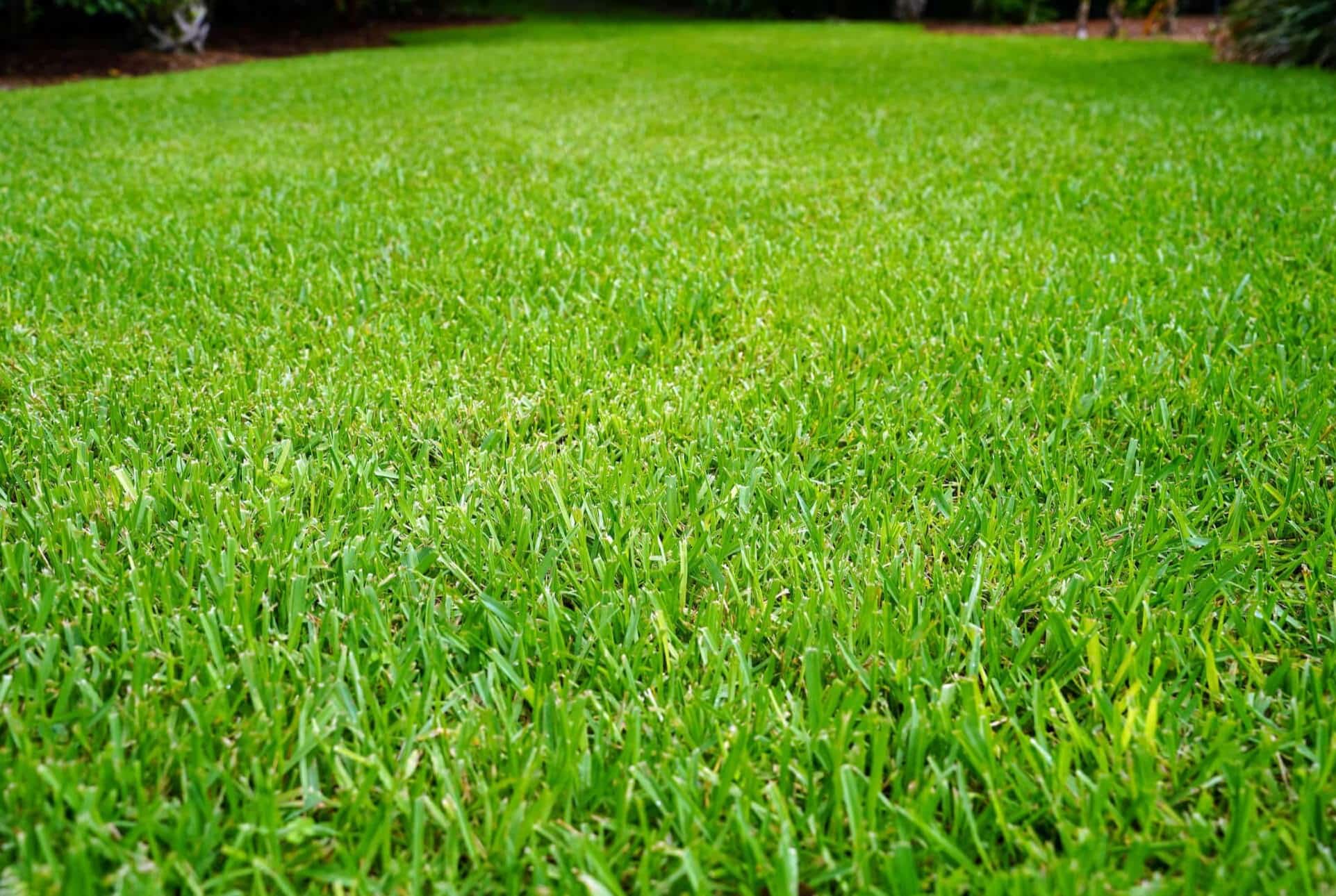
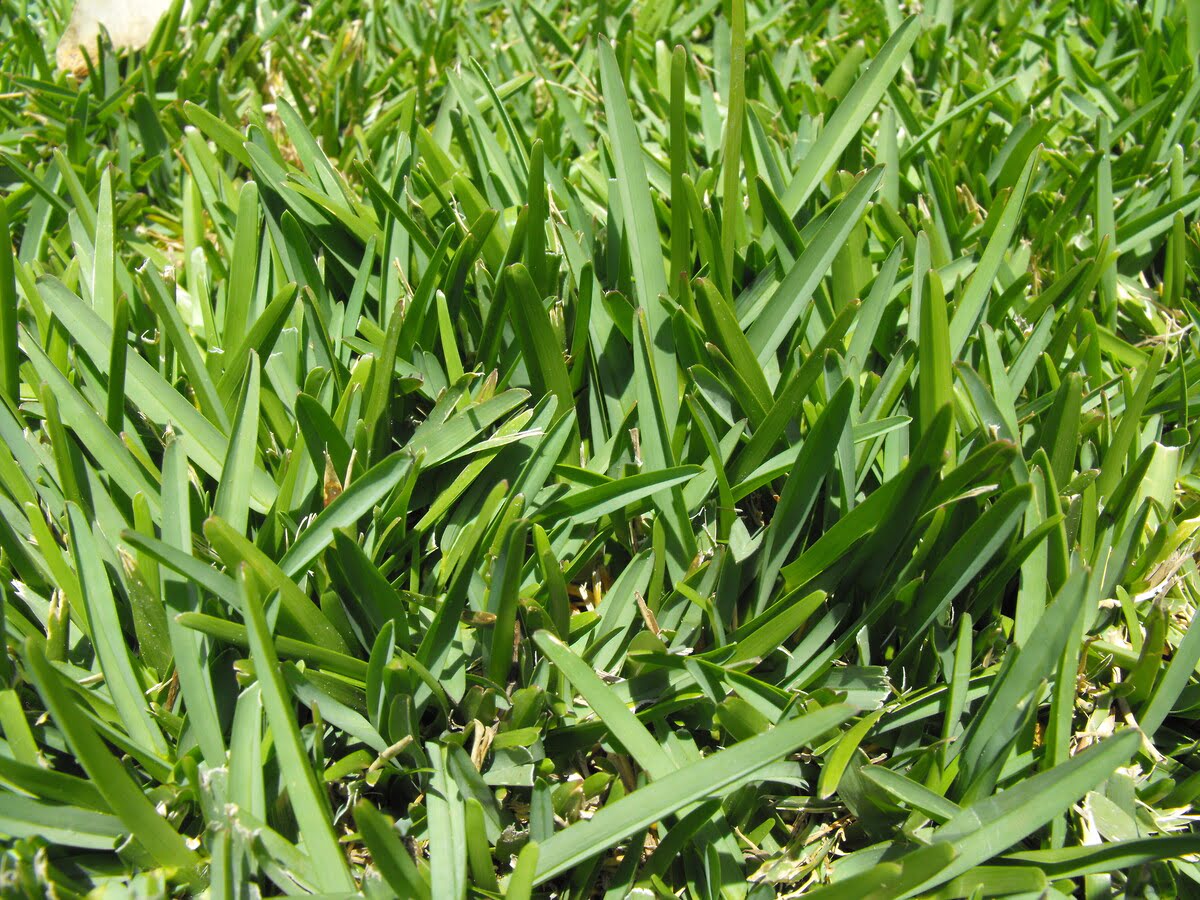
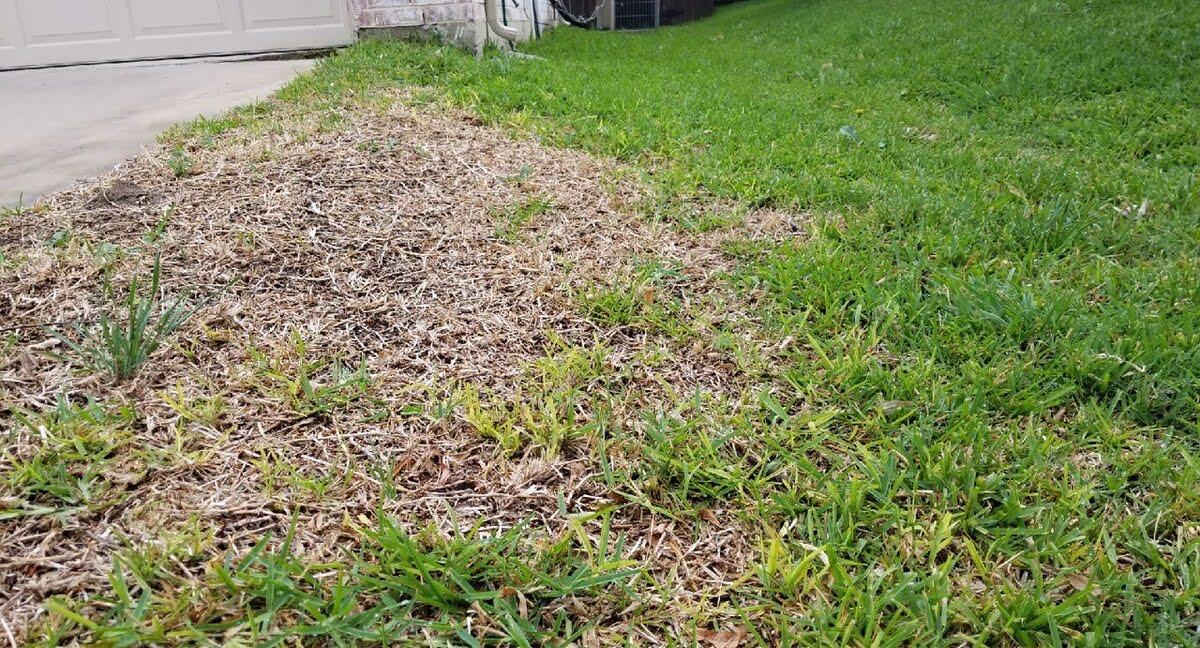

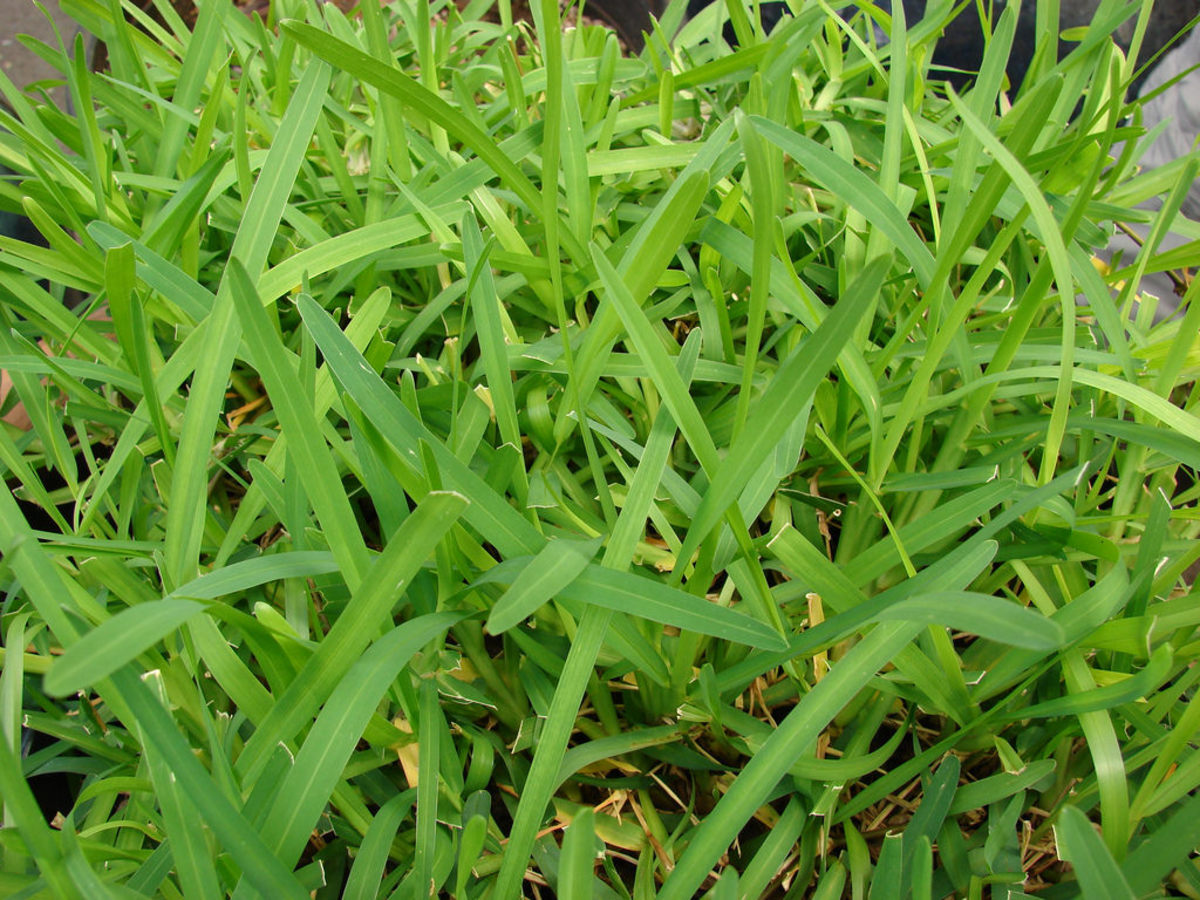
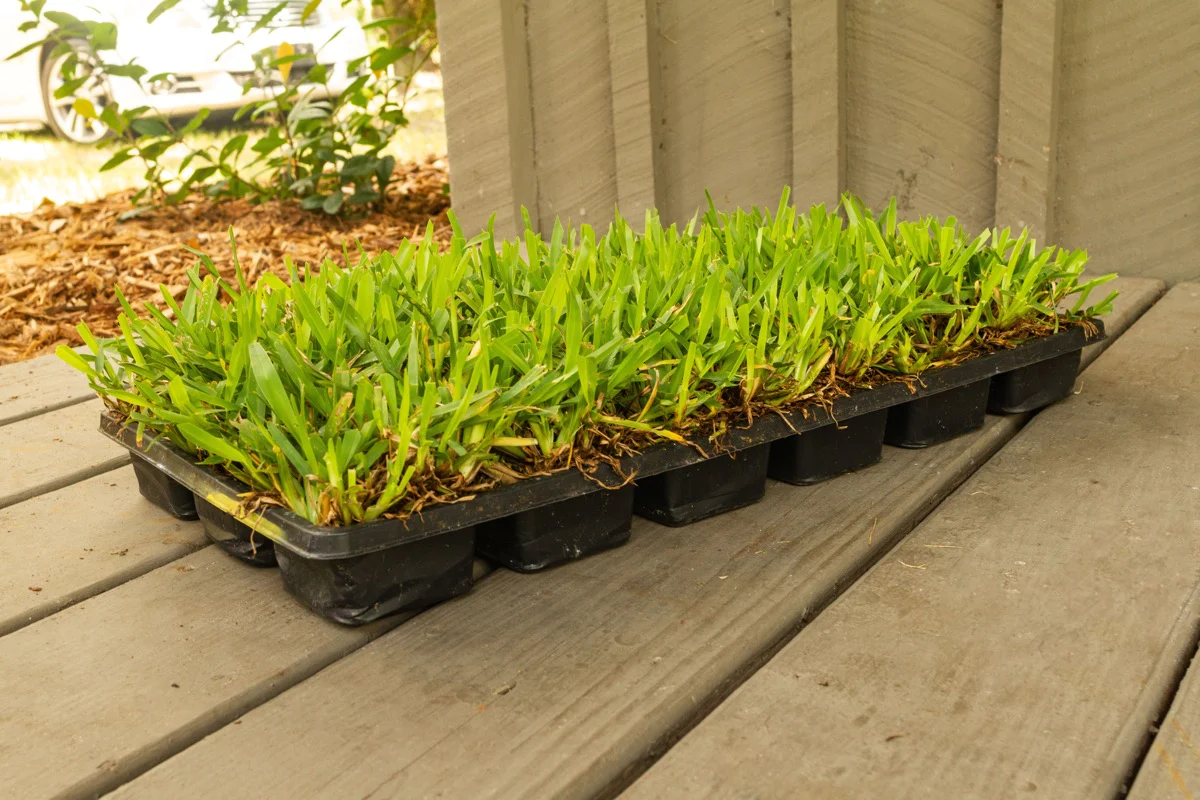

0 thoughts on “What Is The Best St. Augustine Grass”